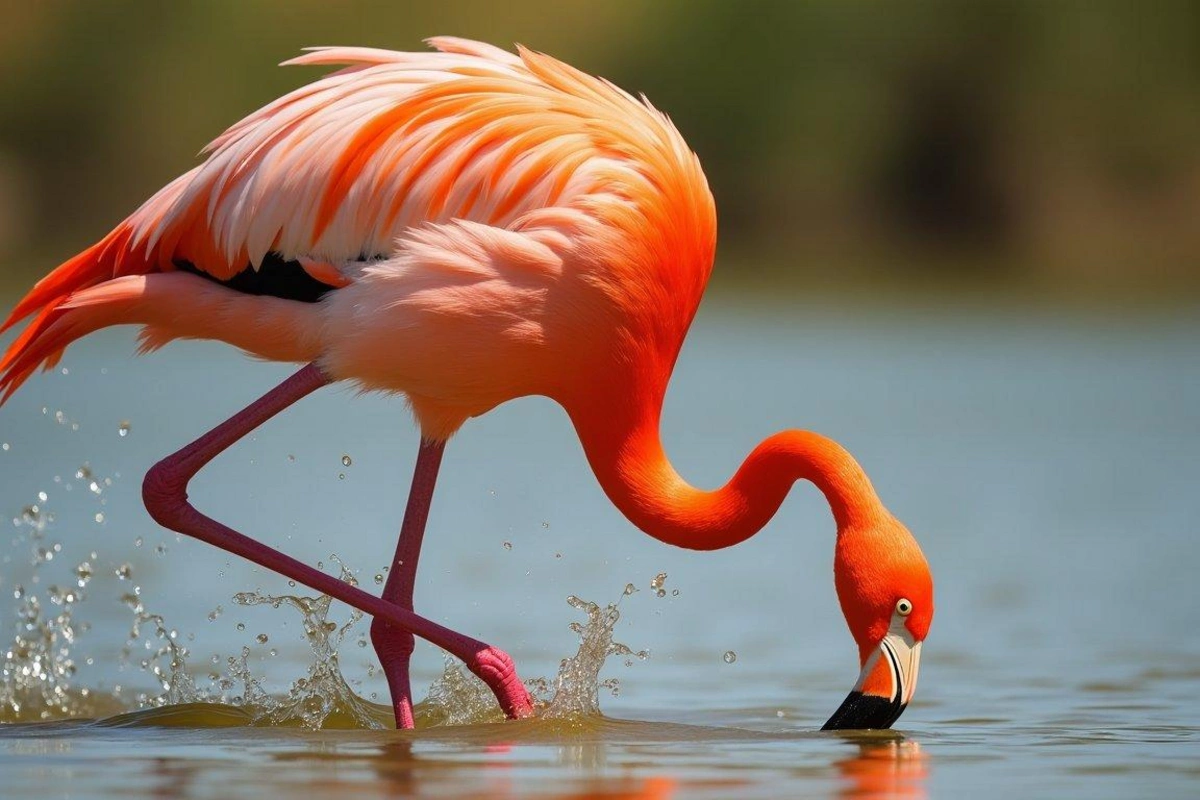Debunked popular myth about birds

Flamingos turned out to be much more active hunters than previously thought. A study published in the journal Proceedings of the National Academy of Sciences (PNAS) showed that these birds create vortices to catch live prey - from zooplankton to shrimp.
A team of scientists led by biomechanist Victor Ortega Jimenez from the University of California, Berkeley discovered: the hunt begins with a "dance" - flamingos shuffle in shallow water, stirring up silt with their flexible legs. This is followed by a sharp raising of the head, provoking vertical vortices that draw in prey. Additional vortices are also created by their curved beaks, which snap at a rate of up to 12 times per second - this increases hunting efficiency sevenfold.
Researchers also noted the importance of flexible webbing on flamingos' feet - they prove much more effective than rigid alternatives in creating directed water flows.
The discovery changes the established view of flamingos as passive filter feeders and may find practical applications - for example, in the development of robots for cleaning water bodies or filters capable of self-cleaning.
Similar News
Scientists have found a way to save endangered species
An international team of scientists has proposed using genetic engineering advances to protect endangered animal species. These technologies, already applied in...




 Azərbaycanca
Azərbaycanca  По-русски
По-русски  English
English 





